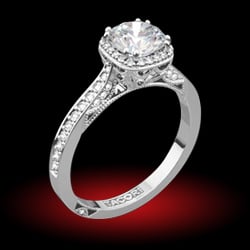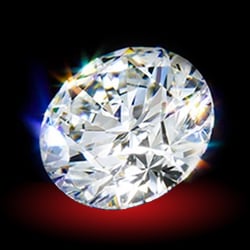Hi everyone,
I've always read that a diamond with an ideal cut should face up as white as a DEF diamond. Is that true?
I ask because I have in my hand a H and a F. When viewing from face up, the F is noticeably cooler/bluish. The H on the other hand, is a little darker.
The H is an ACA, H&A. The F does not have fluorescence.
Thoughts?
I've always read that a diamond with an ideal cut should face up as white as a DEF diamond. Is that true?
I ask because I have in my hand a H and a F. When viewing from face up, the F is noticeably cooler/bluish. The H on the other hand, is a little darker.
The H is an ACA, H&A. The F does not have fluorescence.
Thoughts?







300x240.png)